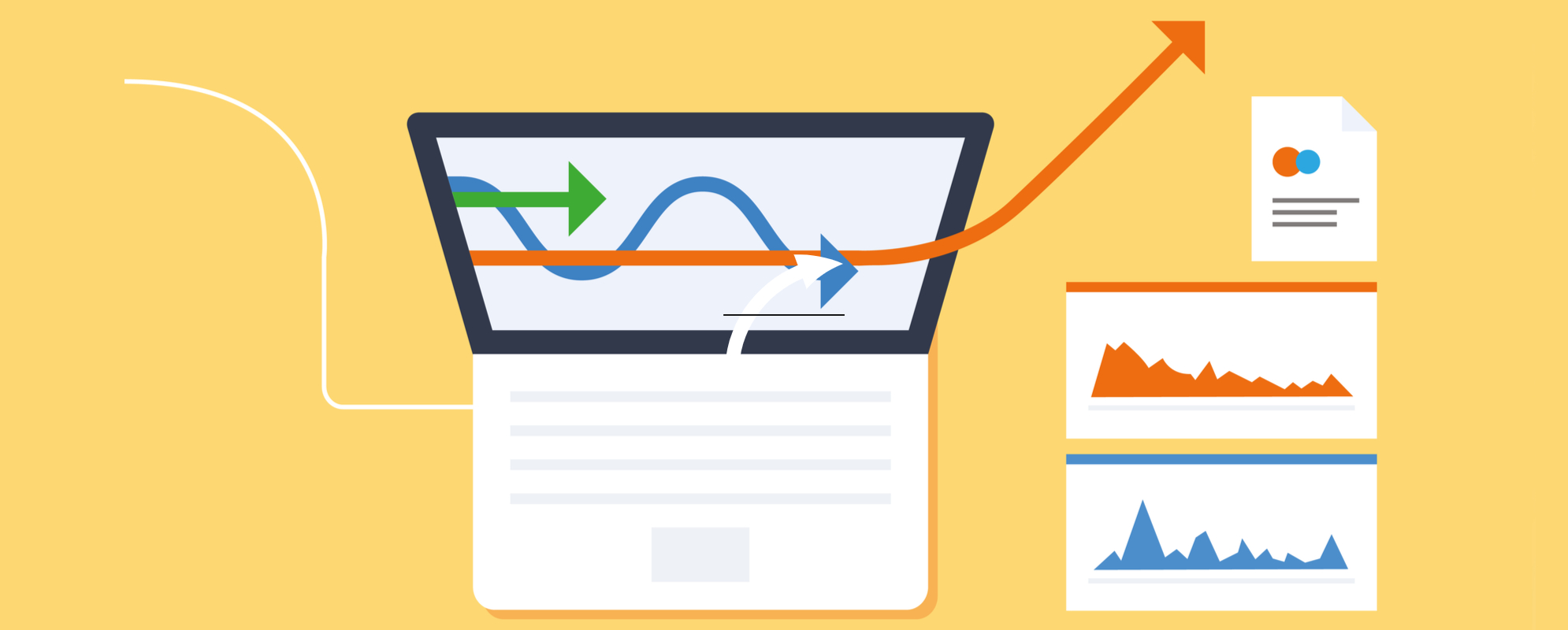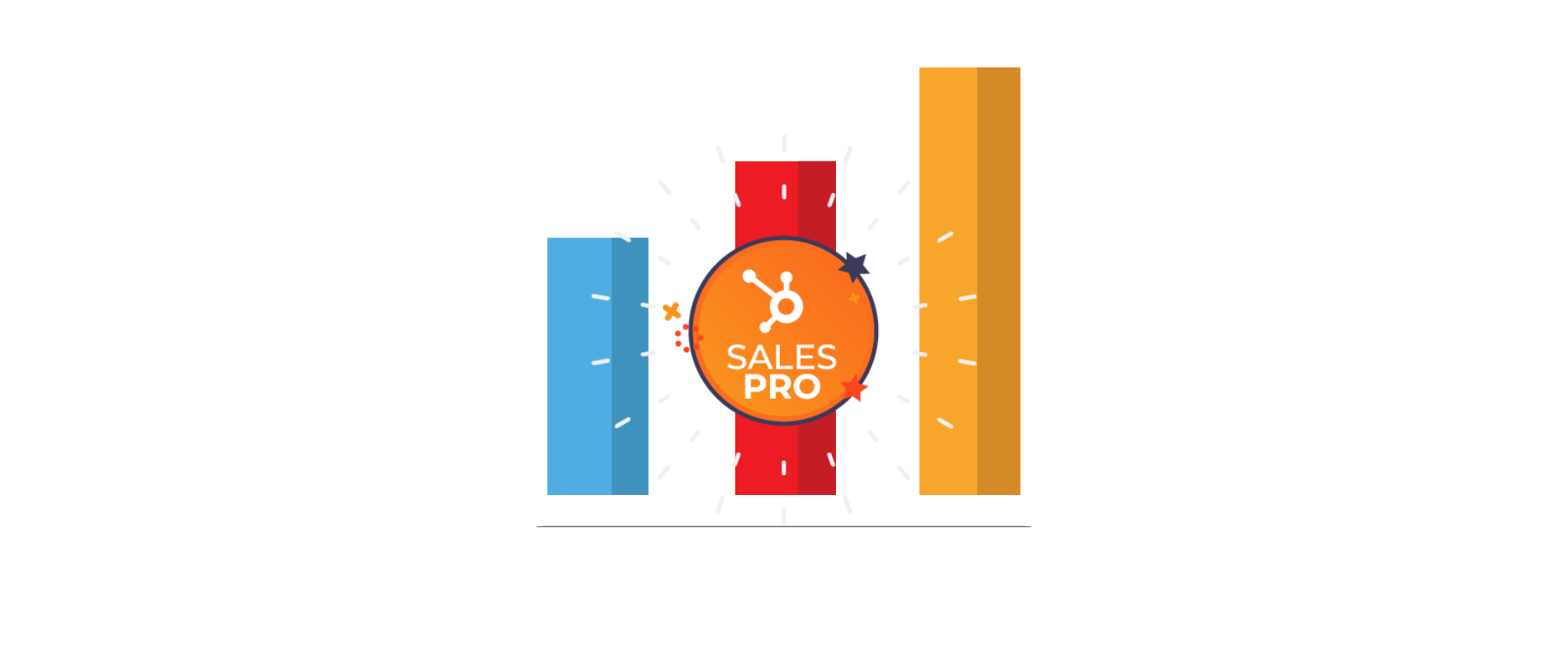Get weekly
HubSpot updates
Losing customers is always undesirable. The effects of negative growth can mean the end of the road for many SaaS businesses, so understanding churn and knowing what this metric means for your revenue is hugely beneficial when it comes to shaping up your overall marketing strategy and even revising how your service delivers value.
What is churn?
Businesses experience churn when customers that sign up for access to their services decide to unsubscribe or terminate their use of the product. This metric is an important one to follow because it holds essential data about customer engagement and whether your service is offering the kind of value that your buyers require. Without understanding your churn rate, you may be spending a lot of time and money on acquiring and converting leads, when you could simply be retaining happy customers and using that as social proof to grow your audience further.
How is churn different for SaaS businesses?
Churn doesn't necessarily take on a new meaning for SaaS businesses, but it is perhaps a more multi-dimensional problem. This is because different issues will affect the rate of turnover that these businesses experience, such as seasonal changes in demand and sporadic requirements for a specific service.
It's important to distinguish between a customer who severs ties with you and does not return, and a customer who has cancelled a subscription but is still in the window-period of using your service because the subscription has been paid for up to a specific date. This presents an opportunity for you to try and retain them.
Churn will affect your budget significantly because it can make your incoming monthly revenue unpredictable. Furthermore, quick interactions with customers mean a low customer lifetime value (CVL), inflating your cost of customer acquisition.
The basic churn calculation
To put it simply, the formula for churn is:
number of customers that have left your service
_________________________
total number of customers during the period being analysed
What can skew your numbers?
It's vital to establish what the end goal of your churn analysis is. If you offer free trials or a freemium service, you may be interested in discovering the point at which your customer decides to leave the free service.
If you offer a paid sign-up, you may be interested to know how long paying customers stay with your businesses before ending their subscription.
You need to establish the parameters of what you are testing for:
- Customers approaching renewal or upgrade to paying a subscription
- New paying customers
- New free trial customers
- The number of churned customers throughout the month
Carrying out a churn analysis
To conduct a thorough study, you may wish to assess your churn rates on a monthly basis so that you can compare figures over the course of a year. In which case, the simple churn/customers equation is the best way to keep updated with how this metric is performing; it's important to note, however, that this is probably more applicable to stable SaaS businesses who have already established themselves.
For growing companies where the numbers can be a little more erratic, so you may wish to segment your customers differently and take a more granular approach to what you measure for. It's essential to start building up your data straight away so that you can reflect on things objectively in six months, for example, instead of waiting to make significant changes a year down the line after you have poured a ton of resources into your existing customer acquisition and retention strategy.
According to ProfitWell, there are 43 different ways to calculate churn. It's important not to fall down the rabbit hole of simply testing metrics. However, there are always going to be a multitude of angles from which to study a problem – it's essential that you establish what matters to your business and what you can use as feedback to formulate a solution.
If churn is affecting your SaaS business, head over to our blog: 3 Ways to Reduce SaaS Churn.

